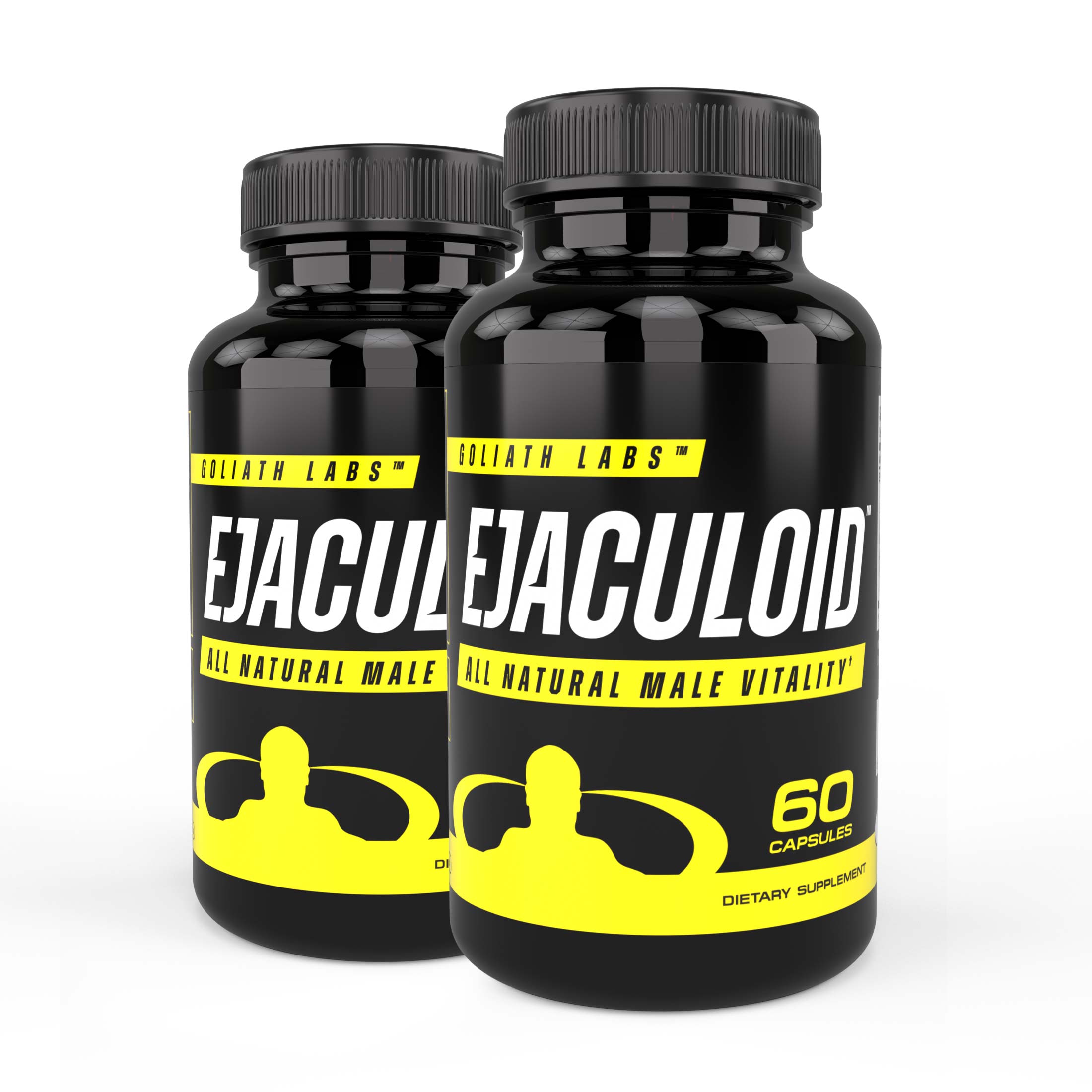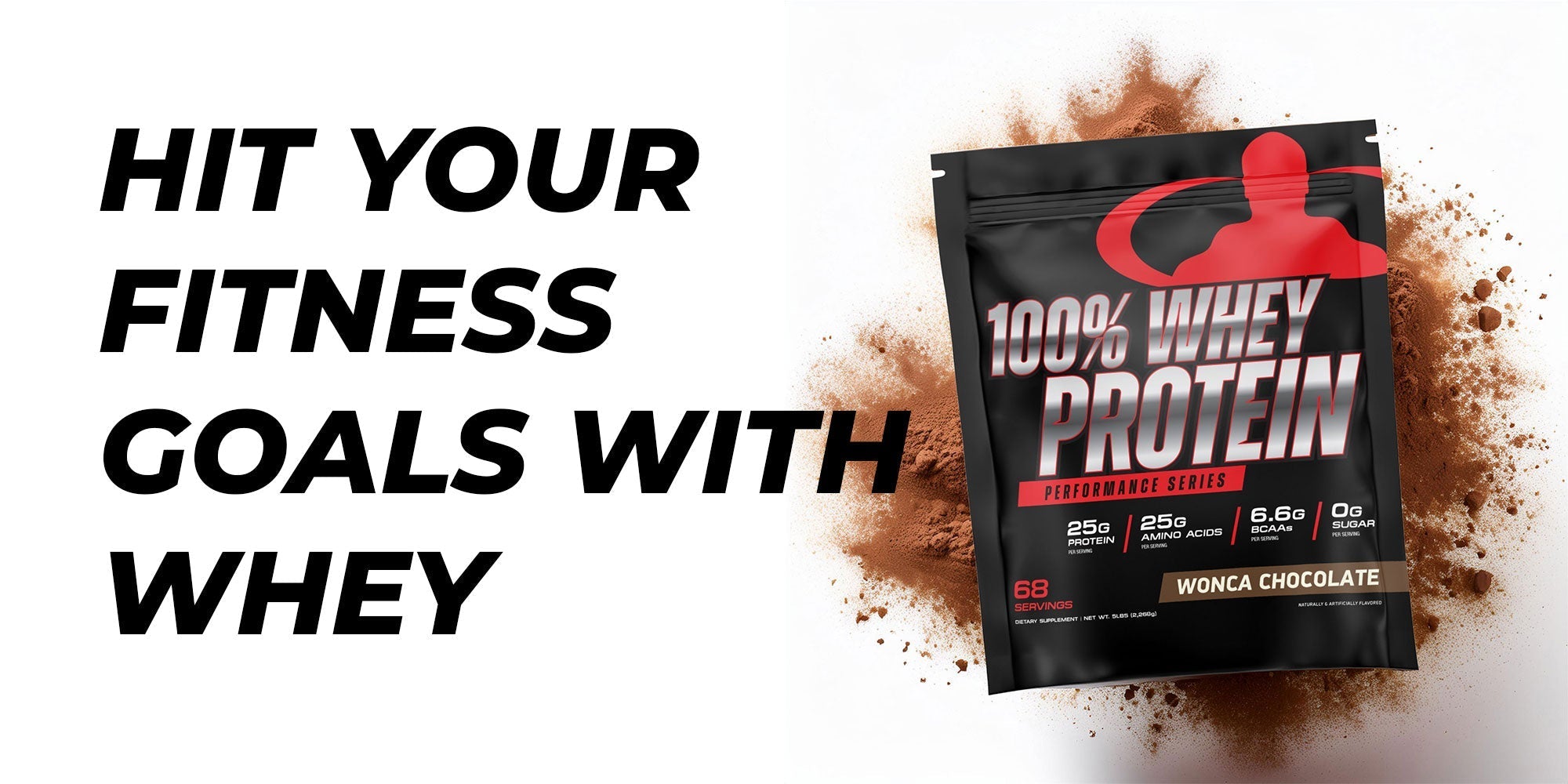Why Building Muscle Safely Matters
For many aspiring lifters, the journey to build muscle mass can feel overwhelming. It’s tempting to chase quick results with extreme diets, unsustainable training, or even dangerous supplements—but these shortcuts often lead to burnout, injury, or long-term health consequences.
A safe, structured approach to muscle building not only enhances your physique but also promotes joint health, hormonal balance, and overall well-being.
Common Pitfalls of Unsafe Muscle Building
- Crash dieting can lead to muscle loss rather than gain.
- Steroid abuse may result in serious hormonal disruptions.
- Overtraining without adequate recovery increases injury risk.
True, sustainable results come from smart programming, balanced nutrition, and consistent effort. Align your goals with strategies rooted in science and your progress will not only be faster—but safer and long-lasting.
Understanding Muscle Growth (Hypertrophy)
Muscle growth, or hypertrophy, occurs when muscle fibers sustain micro-tears during resistance training and rebuild stronger during rest. To maximize this process, understanding the two main types of hypertrophies is key:
Sarcoplasmic vs. Myofibrillar Hypertrophy
- Sarcoplasmic hypertrophy: Increases muscle volume by expanding the fluid (sarcoplasm) in the muscle cell—great for physique and size.
- Myofibrillar hypertrophy: Strengthens the actual muscle fibers for power and functional strength.
Both types are essential and can be stimulated through varied training protocols.
The Role of Progressive Overload and Recovery
To continuously stimulate growth, apply progressive overload by increasing weight, reps, or time under tension. But growth doesn’t happen during workouts—it happens during recovery. Prioritizing rest and proper recovery cycles is vital for maximum gains.
Designing the Right Training Plan
An effective training program balances volume, intensity, and consistency. Whether you're a beginner or intermediate, your plan should include a mix of compound lifts and isolation movements, performed at appropriate rep ranges to stimulate growth.
Key Programming Guidelines
- Compound exercises (e.g., squats, deadlifts, bench press): Engage multiple muscle groups for functional strength.
- Isolation exercises (e.g., bicep curls, leg extensions): Target specific muscles for symmetry and definition.
- Ideal rep range: 8–12 reps for hypertrophy, 3–5 sets per movement.
- Training splits: Try full-body 3x/week or push/pull/legs 4–6x/week.
- Track your progress: Use workout logs or apps to monitor gains and adjust intensity weekly.
Crafting a Muscle-Building Diet
Nutrition is the cornerstone of muscle growth. Without adequate fuel, your body won’t have the energy or raw materials needed to recover and build tissue.
The Importance of a Caloric Surplus
To gain muscle, you must consume more calories than you burn. Start with a modest 250–500 calorie surplus to avoid excessive fat gain.
Macronutrient Breakdown
- Protein: Aim for 1g per pound of body weight daily to support tissue repair and muscle protein synthesis.
- Carbohydrates: Fuel your workouts and replenish glycogen. They also support anabolic hormones like insulin.
- Fats: Essential for hormone production—don’t go below 20% of your total intake.
Sample Muscle-Building Meal Template
|
Meal |
Components |
|
Breakfast |
Eggs, oatmeal, banana, whey protein shake |
|
Lunch |
Chicken breast, brown rice, broccoli |
|
Snack |
Greek yogurt, almonds |
|
Dinner |
Salmon, sweet potato, green beans |
|
Post-Workout |
Whey protein + banana |
|
Before Bed |
Cottage cheese + peanut butter |
Supplements to Support Muscle Growth
While whole foods should form the basis of your diet, certain supplements for muscle growth can offer added support, especially when training intensely.
Recommended Muscle-Building Supplements
- Whey Protein: Ideal post-workout for fast amino acid delivery.
- Creatine Monohydrate: Increases ATP availability for strength and size gains; safe and well-researched.
- BCAAs / EAAs: May help with muscle preservation during fasted training or cutting.
- N.O. Monster Pre-Workout: Boosts energy, blood flow, and focus.
Be wary of unregulated products or proprietary blends. Use third party-tested options like those offered by Goliath Labs.
The Role of Recovery and Sleep
Recovery is where growth happens. Neglecting this aspect will not only stall your gains but can lead to injury and hormonal disruption.
Recovery Tips for Maximum Gains
- Sleep: Aim for 7–9 hours per night to optimize testosterone and growth hormone production.
- Rest days: Include 1–2 days off per week; consider deload weeks every 6–8 weeks or planned reduction in training intensity or volume for recovery purposes.
- Manage stress: High cortisol levels (from chronic stress) can impair muscle growth.
Prioritize sleep hygiene, stay hydrated, and listen to your body when fatigue builds up.
Tracking Progress and Staying Motivated
Muscle gain is a gradual process—measuring your results helps maintain focus and accountability.
How to Track Gains
- Take progress photos every 2–4 weeks
- Keep a training journal with weights and reps
- Log bodyweight and circumference measurements
Overcoming Plateaus
When progress stalls, assess your training intensity, sleep, and calorie intake. Small tweaks can reinvigorate gains. Celebrate small milestones and stay focused on the big picture.
Smart Gains Lead to Lasting Results
Building muscle is a science-backed journey—not a race. By combining structured strength training, a dialed-in muscle building diet, smart supplementation, and proper recovery, you can achieve powerful, aesthetic, and lasting results without compromising your health.
Back your journey with trusted support—products like Colossal Labs Muscle Protein Bucket or the Creatine + Whey Combo can help you gain muscle safely and effectively.
Related FAQs
How long does it take to build noticeable muscle mass?
Most people begin to see visible changes within 8–12 weeks, depending on training frequency and diet adherence.
Can I build muscle without lifting heavy weights?
Yes—moderate weights with higher reps and controlled tempo can still stimulate hypertrophy, especially for beginners.
What foods are best for muscle growth?
Lean proteins (chicken, eggs, fish), complex carbs (rice, oats, sweet potato), and healthy fats (avocado, nuts, olive oil) are foundational.
How much protein do I really need to gain muscle?
Aim for 0.8–1.2 grams per pound of bodyweight, depending on your training intensity and goals.
Are supplements necessary to build muscle?
Not necessarily but they are helpful. Supplements like 100% Whey Protein and Creatine Monohydrate can enhance results when paired with a proper plan.



